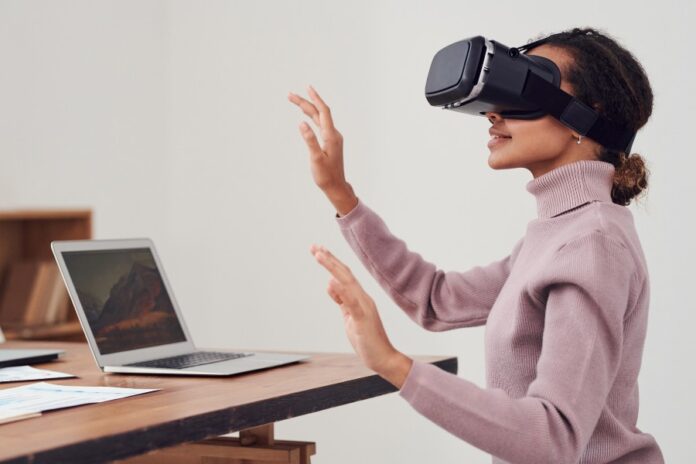
From including VR elements in courses and training to using VR to bridge language barriers, here are insights into the latest ways virtual reality is being used in learning and development.
Providing Technical Training and Development
Over the years, we have seen VR used in the aviation and medical industries; be it flight simulations or complex surgeries. Companies use VR to train many aspiring pilots and doctors. Currently, the most effective use of VR involves technical training and development. However, VR has a wide scope.
Top manufacturers use virtual reality for “technical training,” such as setting up safety training stations and scenarios. They can fully exploit VR for behavioral training and interpersonal skills. Learners can develop skills like negotiation, communication and conflict management with simulations. It can train customer service representatives, where learners practice handling customers without wasting time and resources.
Fehmida Merchant
Consultant, Naman HR
Simulating Programs in High-Risk Industries
Virtual Reality is transforming the learning and development landscape by providing immersive, engaging, and interactive experiences that enhance knowledge retention and skill acquisition. One example of VR in action is the use of simulation-based training programs in high-risk industries, such as aviation and healthcare.
These programs allow trainees to practice critical skills in realistic scenarios, providing them with opportunities to make mistakes and learn from them without risking lives or resources. By leveraging VR technology, organizations can create safe and effective learning environments that prepare their workforce for the challenges of the real world.
James Scott
Founder, Embassy Row Project
Preparing Nurses for Real-Life Scenarios
Nightingale College is leveraging VR as part of its educational experience for nurses and medical professionals. Courses and training include virtual reality elements so that they can prepare for their exam placements in real-life scenarios. The virtual element adds a powerful learning opportunity.
Logan Mallory
VP of Marketing, Motivosity
Overcoming Linguistic Barriers
To my mind, training programs that feature considerable reading material should be understandable for trainees that speak another language. However, it is not realistic to change the language in the provided reading material. Contrast that with virtual reality and augmented reality-based training programs, which use the universal language of pictures to convey information.
These advancements in technology have allowed for the creation of training programs all around the world that make even the most complex theories and models accessible to workers of all levels. Using augmented and virtual reality in distance education has never been simpler.
Matt Magnante
Director of Content and SEO, Fitness Volt
Generating Virtual Walkthroughs With Architecture and Design
Virtual reality (VR) has the potential radically to change how we train and educate future generations by delivering more interesting and efficient training environments that improve both learning and development.
In the realm of architecture, for instance, architects and designers can use VR to generate virtual walk-throughs of buildings and structures, allowing them to envision and change their plans in 3D. By seeing problems and making adjustments before construction begins, they can save both time and money.
Liam Liu
Co-Founder and CMO, Parcel Panel
Bringing Theory-Based Conceptual Subjects to Life
According to an EDAPP survey, 65% of respondents are more likely to keep information through visuals.
Conceptual subjects require teachers to show, not just tell. While diagrams and books are used to explain abstract concepts, technology has stepped in for students to get a better grasp of the subject.
For example, if you are discussing DNA molecules, a diagram cannot thoroughly explain how breaking down DNA works.
With an interactive 3D model, students can understand complex concepts by visualizing the actual process.
Becky Moore
Founder, Global Grasshopper













